Who edits video on a desktop computer any more? Except for a final color pass and final audio mixing with studio monitors, 90 percent of what I do happens in my lap, on a MacbookPro. I edit on my couch, at a standing desk, in coffee shops, the kitchen, wherever I feel like it. But until I discovered the Samsung T1 USB3 SSD, I had trouble finding portable drives that were large enough to hold entire projects, fast enough to keep up with FCPX, and affordable.
This drive has been a game changer for me. Here’s why.
First observation: it’s tiny. With a smaller footprint than a business card, and weighing just 9 ounces, it feels almost weightless dangling from the side off my MacBook. Other drives will fall off under their own weight if left to hang like that.
But don’t let the small size fool you. The Samsung T1 USB3 SSD is a seriously professional tool, perfect for cutting video. Of critical importance, files stored on the T1 are significantly more secure than files stored on a traditional hard drives, because there are no moving parts.
But speed is where it really shines. Check out the Speed Test numbers below: 374 MB/s write and 425 MB/s read. That’s a zero-wait state for my video editing needs. This drive is FAST.
That brings us to price. The benefits of SSD media are well known to just about everybody these days. But affordability? Not so much. Until recently, the fastest SSD I could afford was a half-terabyte Lacie SSD. However, my projects commonly climb to around half a terabyte by the time they ship. So 500GB drives aren’t big enough. There are workarounds, such as cutting with proxies and storing original media on a RAID, and reconnecting later. But screw that. I want to carry ALL the original media around with me when I’m working on a project, whether it’s across my office or across the Atlantic.
So I paid $380 for my T1. Not cheap, for sure, but having used it a few weeks, I’ve got two words to describe the price: worth it. I’ve noticed the price has since gone up to over $400 on Amazon. But for me, even at that price, it remains a value. The time saved while editing, the peace of mind of having my project files on an SSD vs a spinning hard drive, and the ability to carry ALL of my files with me wherever I go is breathtaking.
Here’s a few of the other portable drives I own, in descending order of how I rate them (best at top) and why the Samsung T1 beats each of them:
1. Lacie 500GB Rugged Thunderbolt External SSD
This drive is actually slower the T1, which surprised me, given that it rocks Thunderbolt. And it’s only half a terabyte. And it costs $500 (although you can find them for close to $400 if you hunt around). If you want to step up to a 1TB Lacie SSD, the only option currently is the Lacie Big Disk Thunderbolt 2 1TB SSD – and that will set you back a whopping $1,200, which puts it out of my league.
For smaller projects, this drive is great. But all that rubberized ruggedness translates into bulk, and I find the Thunderbolt cable is too short to allow me to park the drive on the coffee table when I’m editing on the couch, for example. So I end up sitting on it, and it’s too big for comfort. On the other hand, you won’t misplace this drive! The T1 beats this drive in size, in price, and in speed. But the Lacie is certainly more rugged.
2. Western Digital 4TB MyPassport Pro.
Despite the fact that this drive defaults to RAID 0 and sports a Thunderbolt connector, it isn’t fast enough to cut HD video with on my laptop without slowing me down. FCPX makes a lot of demands on hard drives when skimming through mountains of footage, and I find the spinning beachball is a commonplace when cutting this drive. It’s ALMOST fast enough, but frustratingly, not quite. The Thunderbolt cable is also too short at times. But it’s 4TB size makes it a great place to store backups, and that’s what I use mine for now. This drive costs $300. The T1 beats MyPassport Pro in both speed and size by a long shot. But MyPassport Pro has a lot more capacity, making it a great backup drive.
3. WD Elements 2TB.
This is a dog in terms of performance, but it’s cheap, reliable, and a great way to hand project files off to clients or other editors. The $78 price tag is very attractive. What more can I say.
4. Seagate Backup Plus portable 2TB drive.
This is another drive that’s really only useful for backups and handing project files around. It’s pretty much the equal of the WD Elements, and costs the same roughly $80. But I put it at the bottom of my list because it requires installing a driver to work on Mac, while the Elements works right out of the box.
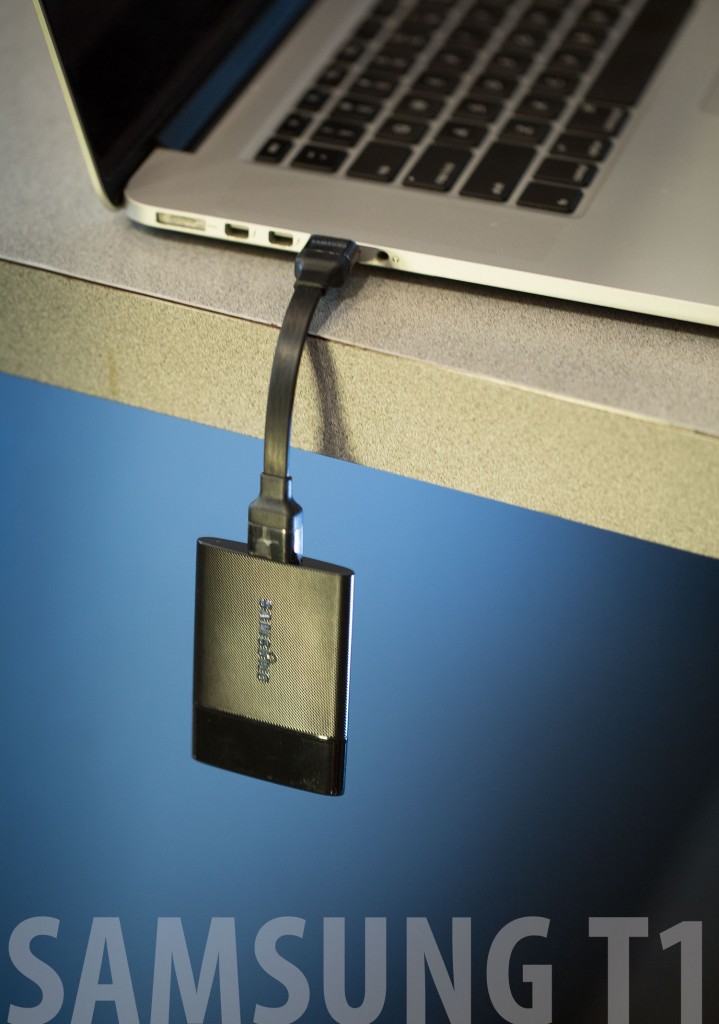
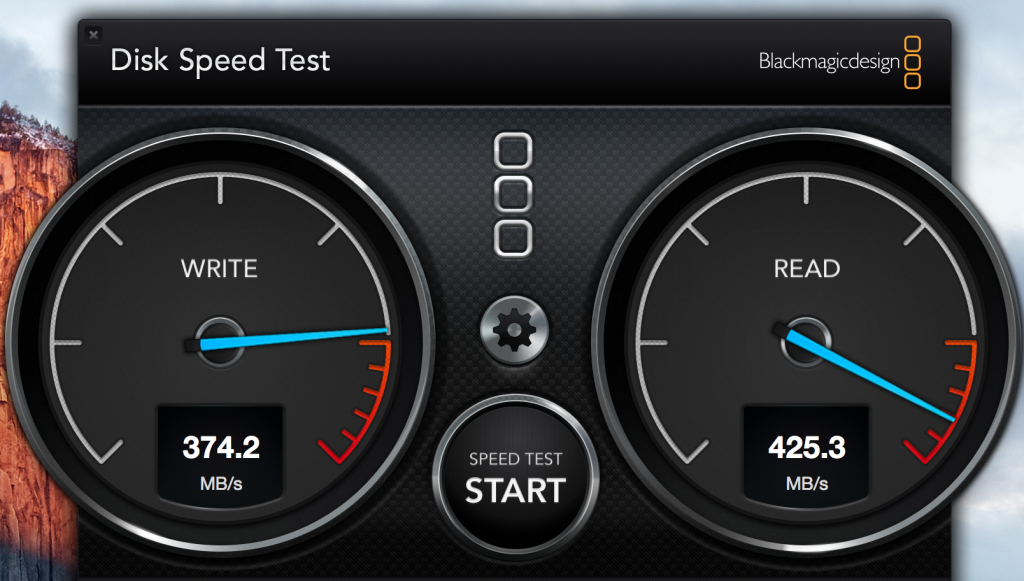
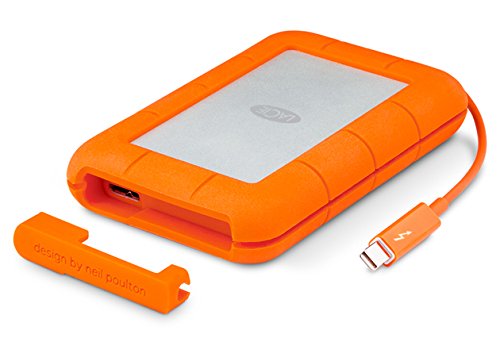
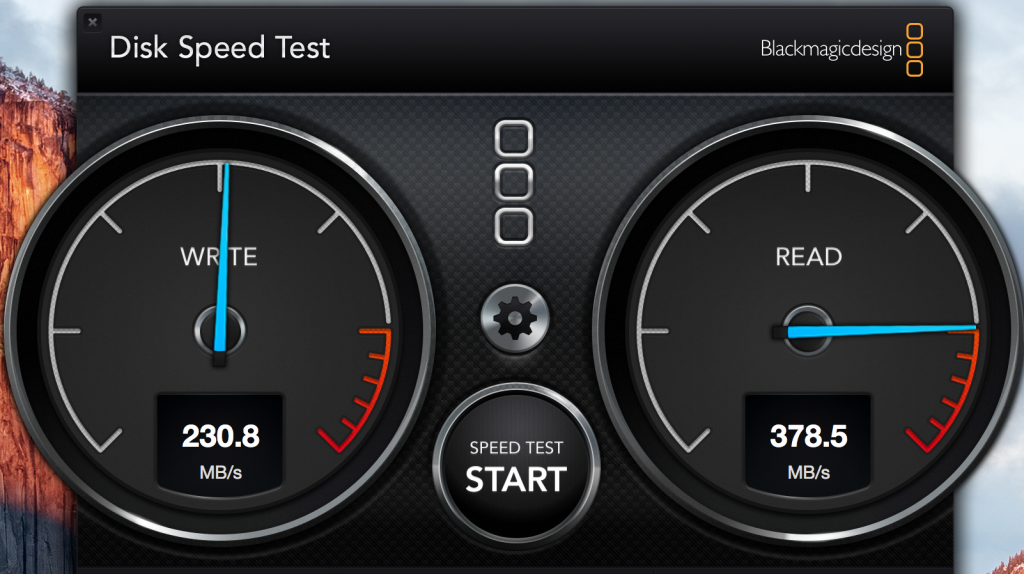
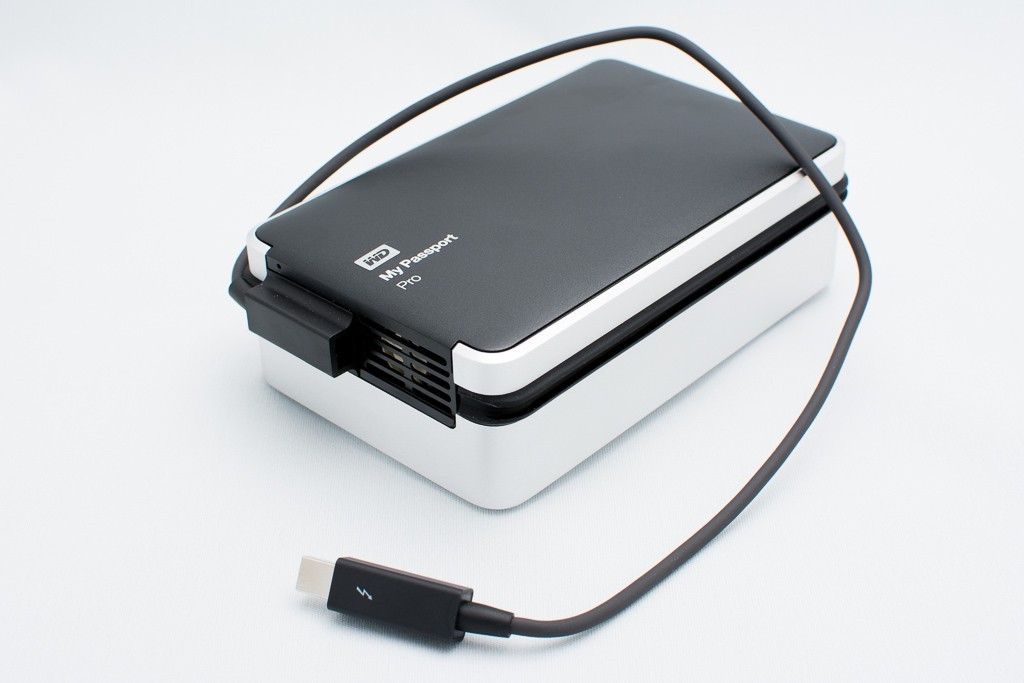
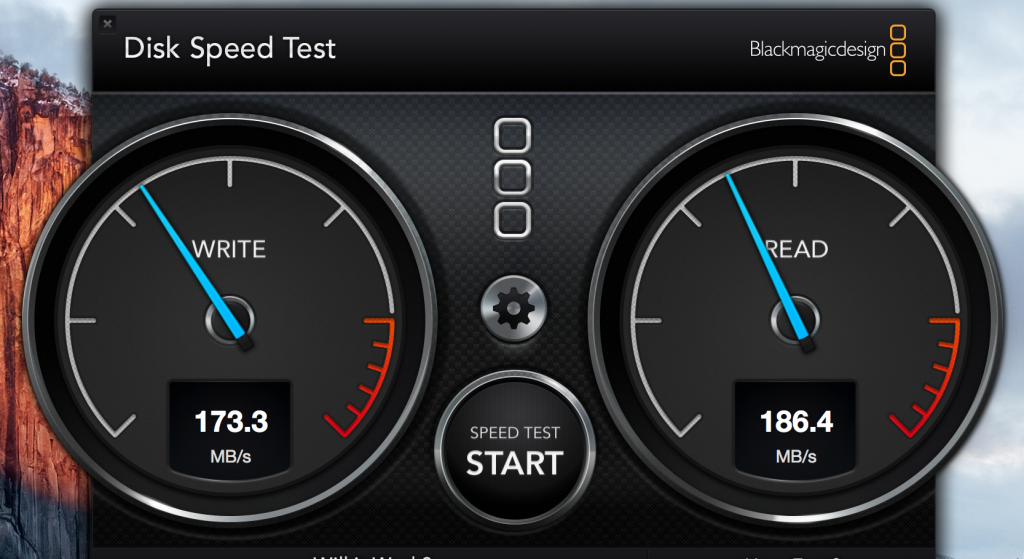
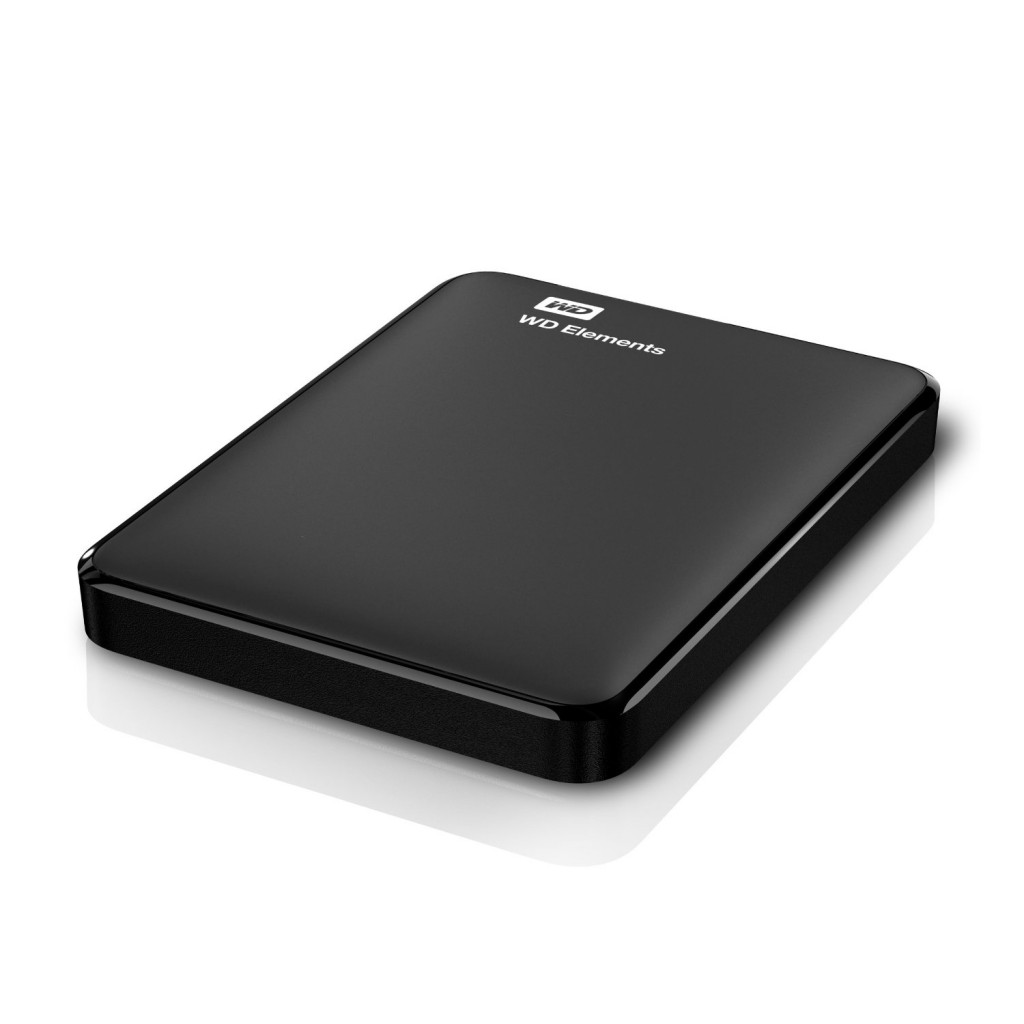
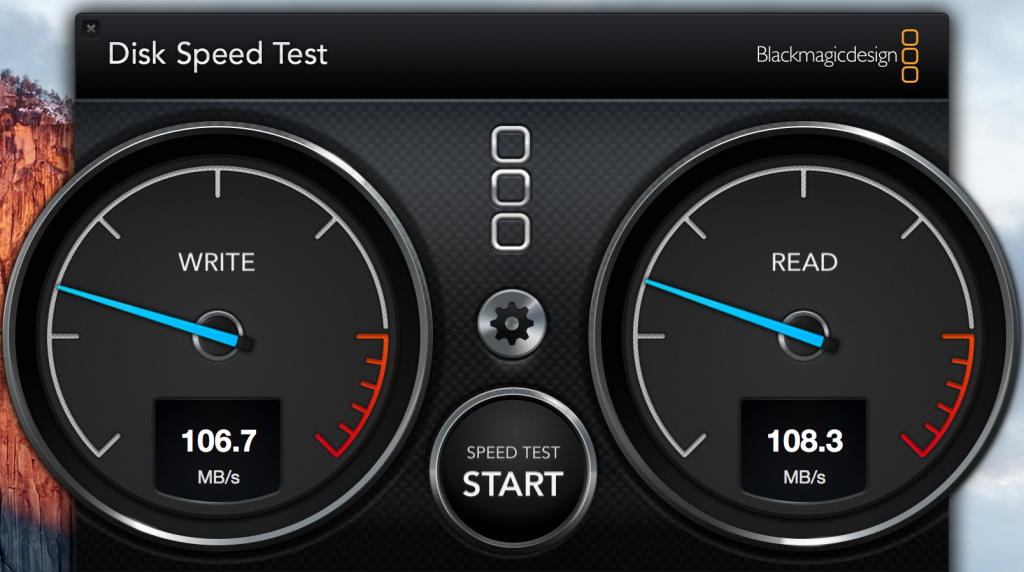
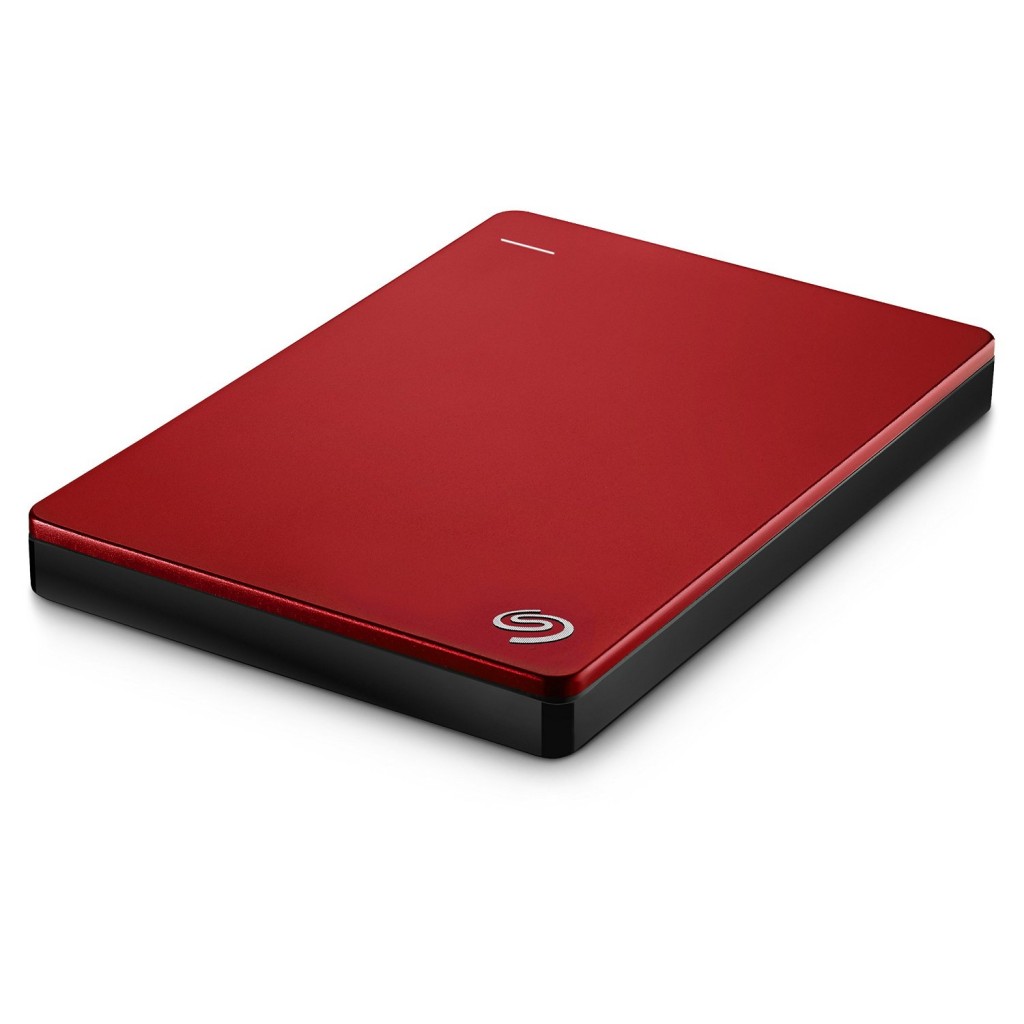
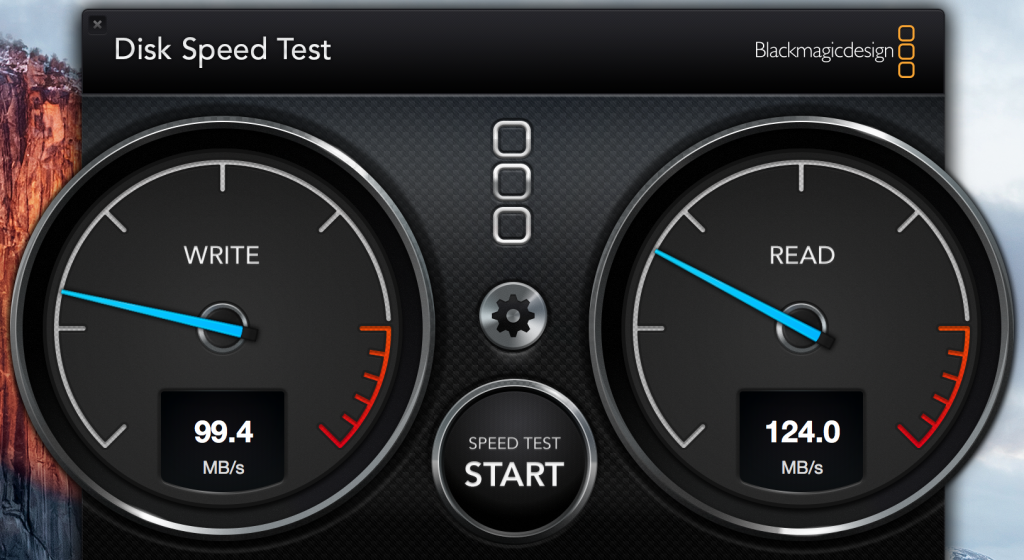
Great little drive!.
I steer clear of all things WD to be honest. 16 years in the IT industry before film and every single external WD drive I used failed. Used Seagate religiously now. Never had a failure. With that said it will probably fail tomorrow now… haha.
Good to know. Knock on wood, I’ve never had a drive fail on me yet. But you know what they say – there are two kinds of people, those who have lost data and those who are going to lose data!
This is dead wrong. Seagate was the goto hard drive manufacturer 10 years ago, but they long since ceded that to Western Digital. These portable drives are not places to store a project. A Western Digital Black drive or Enterprise drive is the best drive you can buy.
Enterprise drives are great – if you want to cut on a desktop. But the reason I love the Samsung SSDs is because they are fast, reliable AND tiny.
Totally! Its just a matter of when. *gulp*
Sadly it has been discontinued. Any other recommendations?
Samsung T3 is essentially the same drive in a more rugged enclosure: http://www.amazon.com/Samsung-Portable-External-MU-PT1T0B-AM/dp/B01AVF6UO8/ref=sr_1_5_m?s=pc&ie=UTF8&qid=1464610194&sr=1-5&keywords=samsung+t1
Why wouldn’t you just edit off of your MacBook Pro? It’s an SSD drive as well.
Hi Jonathan,
You can edit directly off your MacBook, but here are five reasons why it’s preferable to use an external storage for editing projects:
1. Video files are very large, and projects grow over time.
2. Your OS will run better if you leave the primary drive free to run the OS and your software instead of requiring it to also store and access your media.
3. Backing up your project is easier to manage when it’s on a separate drive.
4. You can hand the drive to an assistant editor or a client.
5. You can move the project easily from one computer to another.
Thanks for the reply. I saw that Apple revealed their new Macbook pro lineups. And the read and write speed in the MacBooks themselves are now around 3Gb/s. Could you get that same speed if you decided to edit off of the Samsung T3 connected to that same computer?
Also how do you edit off of an external ssd? Would you do it by carbon copy cloner?
I think you mean, how do I back up the drive? You could use CCC, or any other of dozens of methods for that. External hard drives are very easy to back up, much easier than your local drive, actually, because you just have the work files on the drive, so only need to focus on those.
Does it handle 4K edits?
Yes, it’ll do the job nicely. But I’d use RAID where possible.
If you had this drive. What would be the minimum required laptop to edit 4k? I am looking at buying a 2014 13 inch 8gb ram 2.6ghz i5 macbook pro 256gb SSD. And I wanted to know if I could do that with this setup?
Hi Jonathan,
You could certainly edit a 4K project here and there with that setup. But if you’re going to be making a living cutting 4K, you’d probably want to step it up. I cut the occasional 4K thing with my 2013 15″ MacBook pro 2.3 Gz i7 16GB and it just manages.
awesome post.
Question: do you install the video editing app on your computer or the external HD?
E.g. install FCPX on your macbook or on the ssd itself?
Hi Rupert,
You install FCPX on your hard drive, on your MacBook. The external drive is used for storing the project files (i.e., FCPX Library) and project media.
Hey I saw this drive on amazon https://www.amazon.com/dp/B01127E6P4/?tag=stechg-20. It’s a SanDisk Extreme 900 Portable SSD. The description claims that it does read and write speeds up to 850 MB/s! The Samdusk T3 claims only 450 MB/s. The SanDisk Extreme 960 gb version is $429.00, only $50 more than the T3. Would this extra speed make a difference for editing??? I’m trying to figure out the best option.
Sorry, meant to say Samsung T3 claims only 450 MB/s
Wow, that’s some serious speed. I am going to have to try this drive. If it gets anything approaching its theoretical speed, it would be fantastic for 4K editing. I’d certainly consider it if I were you, but the proof is in the testing. You of course will need USB-C to take advantage of that speed – USB3 only supports up to theoretical 640MBS transfer speed.